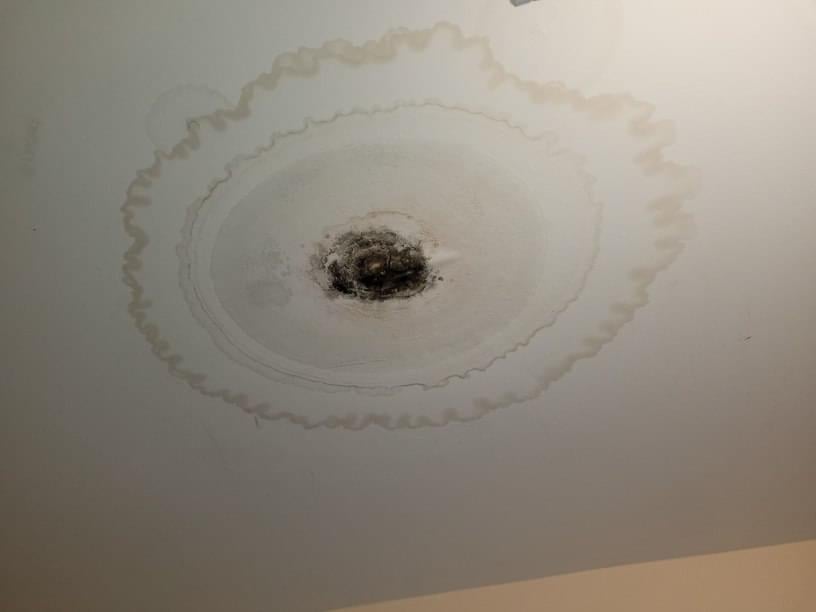Are you currently on the lookout for information about Detecting hidden plumbing leaks?

Early discovery of leaking water lines can mitigate a potential catastrophe. Besides conserving you money, it will certainly decrease the aggravation and also frustration. The moment you find a leak, calling your plumber for repairs is the very best option. Nonetheless, some tiny water leaks might not show up. If you can not find it with your naked eyes, here are some hacks that help.
1. Take A Look At the Water Meter
Every residence has a water meter. Inspecting it is a proven manner in which assists you uncover leaks. For starters, shut off all the water resources. Ensure nobody will certainly flush, make use of the tap, shower, run the washing maker or dish washer. From there, go to the meter and also watch if it will transform. Considering that nobody is utilizing it, there must be no activities. If it moves, that shows a fast-moving leak. If you discover no modifications, wait a hr or two and check back once again. This implies you may have a slow leakage that might also be underground.
2. Check Water Usage
If you spot unexpected adjustments, despite your consumption being the exact same, it implies that you have leaks in your plumbing system. An abrupt spike in your bill indicates a fast-moving leakage.
A constant increase every month, also with the very same practices, reveals you have a slow leakage that's additionally slowly intensifying. Call a plumber to thoroughly examine your residential property, particularly if you feel a warm location on your flooring with piping beneath.
3. Do a Food Coloring Examination
When it comes to water usage, 30% comes from toilets. If the color somehow infiltrates your bowl throughout that time without flushing, there's a leakage in between the storage tank and also bowl.
4. Asses Exterior Lines
Don't neglect to check your exterior water lines also. Needs to water permeate out of the connection, you have a loose rubber gasket. One tiny leak can throw away bunches of water as well as increase your water expense.
5. Evaluate and also Evaluate the Circumstance
Homeowners need to make it a habit to inspect under the sink counters and even inside cabinets for any kind of bad odor or mold and mildew growth. These 2 red flags show a leakage so punctual interest is needed. Doing regular examinations, even bi-annually, can save you from a significant issue.
Examine for stainings as well as weakening as the majority of pipes and also appliances have a life span. If you presume leaking water lines in your plumbing system, don't wait for it to rise.
Early discovery of dripping water lines can mitigate a possible disaster. Some tiny water leakages might not be noticeable. Inspecting it is a guaranteed method that helps you find leakages. One tiny leak can waste lots of water and increase your water expense.
If you presume dripping water lines in your plumbing system, don't wait for it to rise.
WARNING SIGNS OF WATER LEAKAGE BEHIND THE WALL
PERSISTENT MUSTY ODORS
As water slowly drips from a leaky pipe inside the wall, flooring and sheetrock stay damp and develop an odor similar to wet cardboard. It generates a musty smell that can help you find hidden leaks.
MOLD IN UNUSUAL AREAS
Mold usually grows in wet areas like kitchens, baths and laundry rooms. If you spot the stuff on walls or baseboards in other rooms of the house, it’s a good indicator of undetected water leaks.
STAINS THAT GROW
When mold thrives around a leaky pipe, it sometimes takes hold on the inside surface of the affected wall. A growing stain on otherwise clean sheetrock is often your sign of a hidden plumbing problem.
PEELING OR BUBBLING WALLPAPER / PAINT
This clue is easy to miss in rooms that don’t get much use. When you see wallpaper separating along seams or paint bubbling or flaking off the wall, blame sheetrock that stays wet because of an undetected leak.
BUCKLED CEILINGS AND STAINED FLOORS
If ceilings or floors in bathrooms, kitchens or laundry areas develop structural problems, don’t rule out constant damp inside the walls. Wet sheetrock can affect adjacent framing, flooring and ceilings.
https://www.servicemasterbyzaba.com/blog/how-to-detect-water-leakage-in-walls/

Do you enjoy reading up on Finding hidden leaks? Try leaving feedback further down. We'd be glad to listen to your feelings about this entry. In hopes to see you back again before long. Enjoyed our piece of writing? Please share it. Let another person find it. Thank-you for going through it.